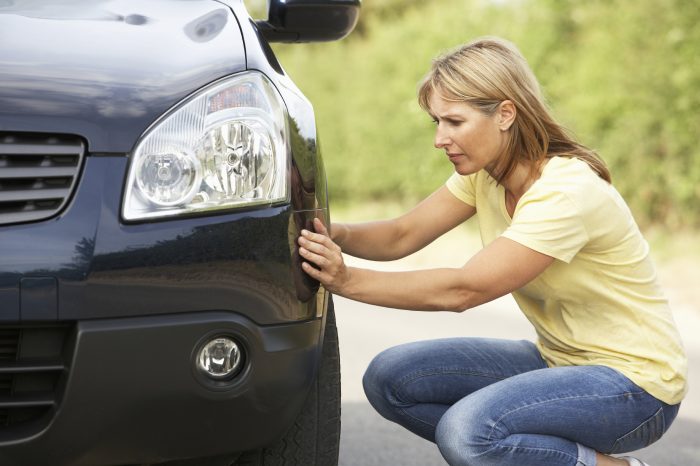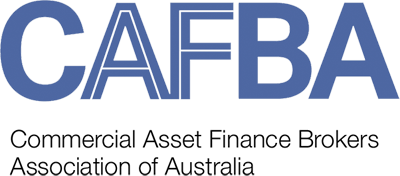
So you’ve decided to buy a used car. So what next?
At Leasecorp we help lots of our clients find and secure great used vehicles, but it pays to be prepared so as to make the purchase as safe and hassle-free as possible.
1. Budget:
First things first, know what you can afford to spend.
This means not only securing finance or having the money ready for the initial purchase but weighing up running costs like fuel, maintenance, insurance & average depreciation.
2. Research:
We hold national fleet status with many manufacturers Australia wide and can often find you a similar if not identical vehicle at much lower prices.
Our vehicle find service is free to Leasecorp Customers – FIND MY CAR TODAY
It pays to know the market value of the vehicle you have in mind before meeting with the seller; this will give you a lot more negotiating power. Sites like carsguide.com.au and redbook.com.au are useful in establishing a price point.
When selecting what vehicle you are looking for be specific with your requirements and know details like, badge or class, engine type, manual/auto, series, build date. For example, a 2014 Toyota Prado comes in 6cyl, 4.0i Petrol & 4cyl, 3.0DT Diesel, Manual/Auto, Altitude, GX, GXL, Kakadu and VX as well as GRJ150R & KDJ150R series. These finer details will have an impact on the asking price.
Look for information on the housing, maintenance and use of the vehicle. i.e a car used only to drive short distances to and from work vs. a car previously operated as a taxi that has been housed opposite the beach.
Know the average kilometres for the build date of the vehicle you are looking for.

3. Contact the seller:
If you find a vehicle that looks good, give the seller a call and ask the following questions.
– How long have they owned the car?
– What is their reason for selling it?
– Has the vehicle ever been damaged?
– What condition is the car in, and is there any issues not show in the photos?
– Will it pass a roadworthy inspection?
– How detailed is the car’s service history and is it with the car?
4. Before arranging an inspection and test drive:
Inform the seller you intend to do an encumbrance check (PPSR check – previously known as a REVS check) and other checks on the car.
Obtain the Vehicle Identification Number (VIN) and go to revs.com.au to purchase a complete car history report (the VIN can be found on the registration certificate, or on the engine, door posts (where the door latches when it is closed), or the passenger side windscreen).
5. Arrange an inspection:
If it passes all the above, arrange a suitable time to inspect/test drive the vehicle.
It is important to always organise inspections during daylight, never in the dark or in the rain that could conceal body marks, dents, rust and other defects.
– Check underneath the body, bonnet and carpet for rust and signs – such as evidence of welding or paint overspray — which may indicate the car has been repaired after a crash.
– Check the gaps between the body panels are equal – if not, this could indicate poor crash repairs.
– Under the bonnet, look for signs of any oil leaks. Use the dipstick to check the amount of oil. If the level is low, the owner hasn’t been looking after the car properly.
Look around the oil filler cap for a white mayonnaise-like substance – this could be an an indication of a leaking head gasket which can be very expensive to fix.
Check all tyres – including the spare – to make sure there’s plenty of tread and that they’re wearing evenly.
Inside the car, make sure the seatbelts work correctly and aren’t damaged, the front seats move properly and all switches and features work.
Try to start the car when the engine is cold, which can help reveal problems like poor starting or smoke that indicates engine wear. If the seller has warmed the car up, they could be trying to hide something.
Make sure the VIN, engine number and registration details on the car match those on the registration papers.

6. Test Drive:
– before you set off, turn the steering wheel from one lock to the other to check for any play, or any irregular noises that could indicate power steering problems
– test the handbrake on a steep hill to make sure it’s correctly adjusted
– listen for any irregular noises from the engine, and make sure the radio is off
– drive the car at highway speeds if possible, and try to find different road surfaces to give a better impression of how the car behaves
– check that the transmission shifts up and down through the gears smoothly and that the clutch on a manual doesn’t slip and actuates smoothly.
7. Negotiation:
If you like the vehicle and it has passed all the above, begin to leverage with the information you have gathered about the car as well as
– Make a list of any faults you discovered during the inspection, and negotiate based on the cost of fixing these problems
– If there are no faults, suggest a reasonable figure beneath the asking price. The seller will then either accept, decline or suggest a price closer to the asking figure. Work through this process until both parties agree.
8. Purchasing the car:
Ensure you have all the registration and service history of the car and the details match the seller, make sure they are originals, not photocopies.
Get a receipt for any payment you make with sellers full details.
PPSR Certificate:
On the day you take ownership of the vehicle, purchase a PPSR (formerly REVS) Certificate to protect you against repossessions.
Get finance for your new car today!

